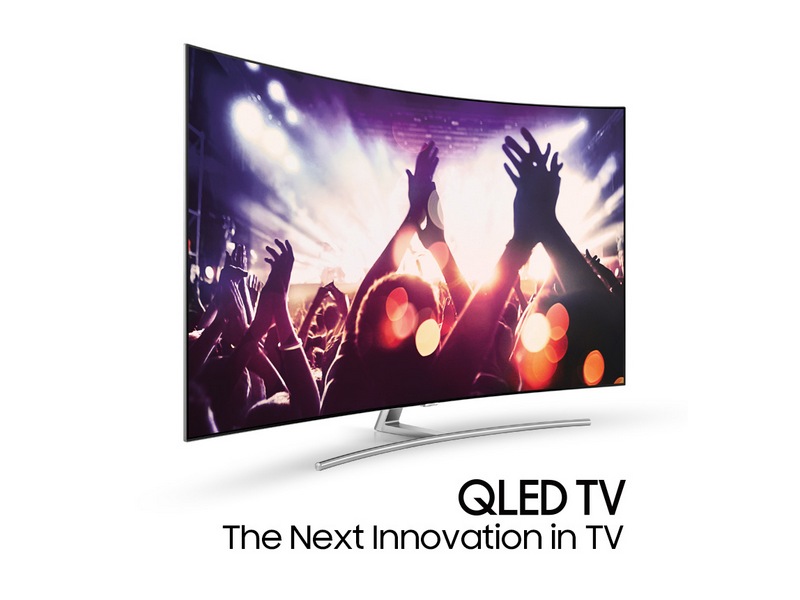Understand what is QLED, Samsung’s New TV Technology

This year, Samsung saw CES 2017 as an opportunity to showcase a new type of TV technology that is innovative and promises to give you something unpredictable by leaping forward in the quality of the picture it uses. It’s called the QLED technology. It sounds similar to OLED.
What Exactly Is QLED?
This new technology by Samsung is being called QLED because the company is using quantum dot technology on an LED panel. Thus, Quantum dot + LED= QLED. The QLED technology is not something alien or out of the blue. It’s the third-generation of quantum dot in Samsung’s TVs, so you’ll also find it in the 2015 and 2016 SUHD models. But you will definitely find a lot of changes in the new QLED 2017 models.
Samsung says that QLED is a superior technology with a few advantages over OLED. The name change from SUHD to QLED is a branding and marketing move. This not only makes QLED as an expression look like OLED, but it does sound better than SUHD, which didn’t really mean anything. This also lets Samsung to separate its Q models, from the second-tier models it offers.
- Perfect Color: QLED offers over a billion shades of color and 100% color volume along with the exclusive new Quantum dots, so you can get the perfect color.
- Depth & Contrast: QLED produces the best contrast and detail in the brightest and darkest areas on the screen at the same time.
- Stunning Blacks: It delivers the most stunning shades of black and reveals the secrets hidden in the shadows with elite detail.
- Picture Perfect: The color stays true from any perspective, so you get a picture perfect view from any seat.
- Fluid Motion: With a motion rate of 240 that brings sports and fast moving content to life, you can enjoy smooth and crisp action even in the fastest scenes.
- Invisible Connection: You can cleanly and seamlessly connect your devices with the exclusive Invisible Connection cable.
- No Gap Wall Mount: You can easily hang your TV snug to the wall with the No Gap Wall Mount that is easy to install, tilt and adjust.
- 360 Degree Design: The no-bezel design and clean back finish looks gorgeous from front to back, whether it is mounted on a wall or sitting on a stand.
- Samsung Smart Hub: You can access all your favourite apps, content, and sports with Samsung Smart Hub.
- OneRemote: OneRemote automatically detects and controls all your connected devices and content with no manual controlling required.
- Connected: You can now connect your components to one separate box and not to the back of the TV so you can see more of what you see and less what you don’t want to see.
How is QLED Different From OLED?
Quantum dot TVs still depend on an LED backlight system working in zones. While OLEDs each produce their own light. The advantage that OLED offers is that you can turn off the pixels that aren’t needed. This gives absolute black areas with no light bleed caused by the need for illumination in some parts of a dimming zone. While OLED screens can effectively produce better blacks, quantum dot TVs can still go much brighter. When you add High Dynamic Range in the mix, you get brightness.
OLED screens are still expensive compared to their LED equivalents. This is because OLED screens are still relatively difficult to produce. Though yield rates are much better than they were when the technology first emerged. QLED screens are likely to undersell them because they’re much more cost-effective to produce.
Available From Today.
THe QLED TVs were available on pre-order from 15 March and they are now available for starting from today. The most economical model of Samsung’s QLED TV range will set you back $4,499.

Rajiv Patil is the founder & Managing Director of Nimblechapps, an innovative iPhone app development company. He takes a keen interest in topics related to mobile app development and mobile game development and often like to share his knowledge through informative posts on leading blogging sites.




